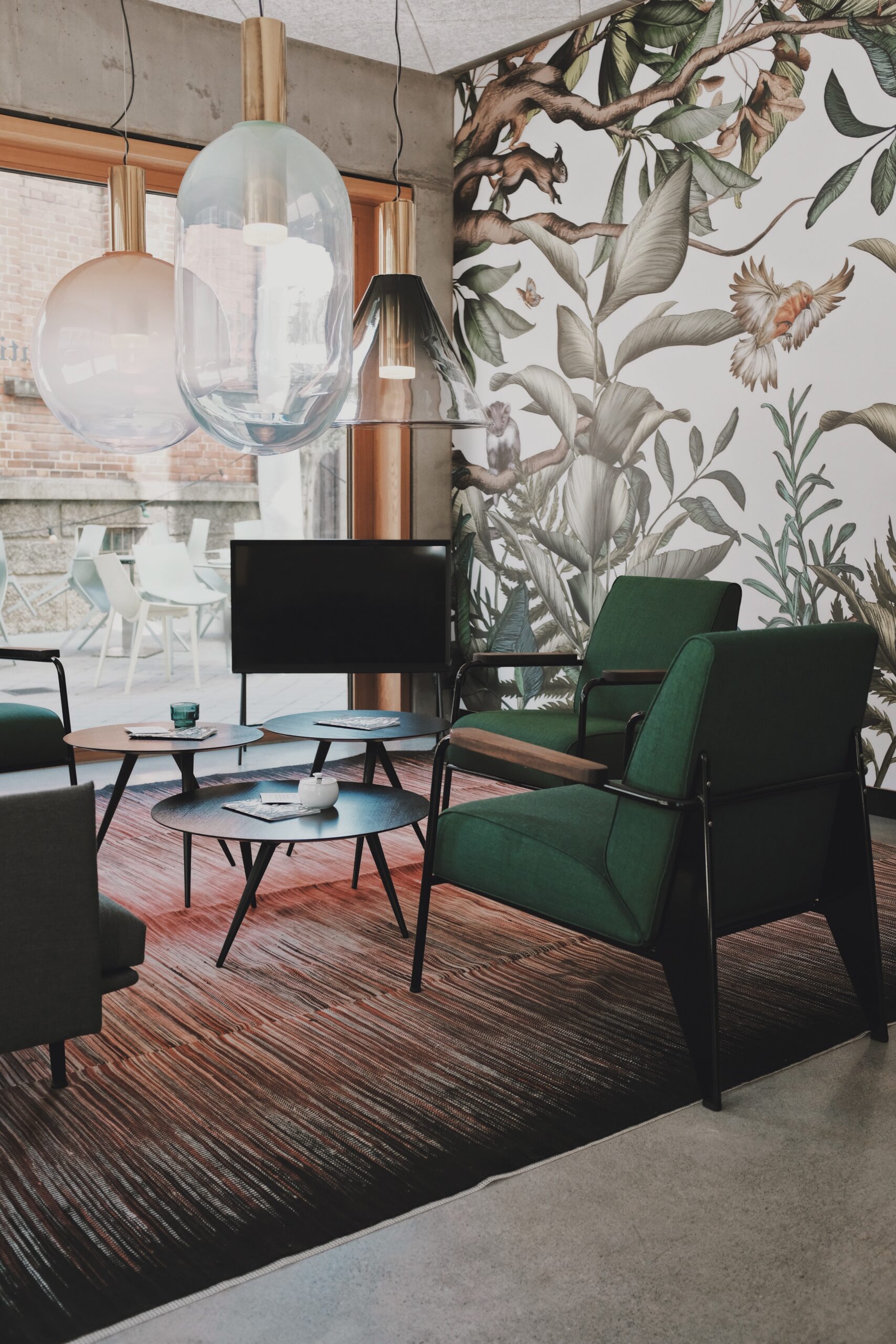Mastering the Art: Effective Tips for Using Wallpaper
Wallpaper has the power to transform a room, adding depth, texture, and personality to your interior design. Whether you prefer bold patterns, subtle textures, or delicate prints, wallpaper offers endless possibilities for creating a unique and captivating space. In this blog post, we will explore effective tips for using wallpaper in your interior design, helping you make a statement and elevate the overall aesthetic of your home.
Choose the Right Wallpaper:
The first step to effectively using wallpaper is selecting the right design for your space. Consider the style and mood you want to achieve. If you desire a cozy and intimate atmosphere, opt for warm colors and intricate patterns. For a contemporary and minimalist look, choose wallpapers with clean lines and geometric shapes. Additionally, consider the scale of the pattern in relation to the size of your room. Larger patterns work well in spacious areas, while smaller patterns are more suitable for smaller rooms or accent walls.
Select the Ideal Wall for Wallpaper:
Decide which wall will be the focal point for the wallpaper. It could be the wall behind a bed, a fireplace, or a dining area. Choosing a focal wall ensures that the wallpaper creates maximum impact and draws attention to the desired area. Be mindful of architectural features such as windows and doors, and consider how the pattern will align and flow across the wall.
Create Balance and Contrast:
Balance is essential when using wallpaper. If you have chosen a vibrant or busy pattern, balance it with more subdued elements in the room. Incorporate solid-colored furnishings or neutral accents to prevent the space from feeling overwhelming. On the other hand, if you opt for a simpler wallpaper design, use it as a backdrop for bold furniture pieces or eye-catching decor to create a striking contrast.
Accentuate Specific Areas:
Wallpaper can be used strategically to accentuate specific areas or architectural features. Consider applying wallpaper to an alcove, a recessed ceiling, or the back panel of bookshelves. These targeted applications draw attention to these areas, creating visual interest and depth. It’s a great way to showcase your creativity and add a unique touch to your space.
Experiment with Texture:
In addition to patterns and colors, wallpaper also offers a variety of textures. Explore textured wallpapers to add depth and tactile appeal to your walls. Textured wallpapers can create a luxurious and inviting atmosphere. They work particularly well in areas where you want to add a touch of sophistication, such as bedrooms or living rooms. Experiment with different textures, such as grasscloth, faux leather, or embossed patterns, to create a visually rich and dynamic environment.
Consider Scale and Proportion:
When using wallpaper, it’s crucial to consider scale and proportion. If you have high ceilings, a vertically striped wallpaper can help visually lower the ceiling height, making the space feel cozier. On the other hand, horizontal stripes can widen a narrow room. Be mindful of the size of the room and the desired effect you want to achieve when selecting the pattern and direction of the wallpaper.
Don’t Overlook Small Spaces:
Wallpaper can work wonders in small spaces that are often overlooked, such as hallways, powder rooms, or alcoves. These areas provide an opportunity to experiment with bolder patterns or colors that might be overwhelming in larger rooms. Wallpaper can instantly transform these small spaces into unique and memorable areas, adding character and charm to your home.
Using wallpaper effectively can dramatically enhance your interior design, adding personality, texture, and visual interest to your space. Choose the right wallpaper design that aligns with your style and desired mood. Create balance and contrast in your room by incorporating complementary elements. Consider accentuating specific areas or architectural features with wallpaper and explore the use of textures for added depth. Pay attention to scale and proportion, and don’t underestimate the impact of wallpaper in small spaces. With these tips in mind, embrace the versatility of wallpaper and let it become a powerful tool in your interior design arsenal.
